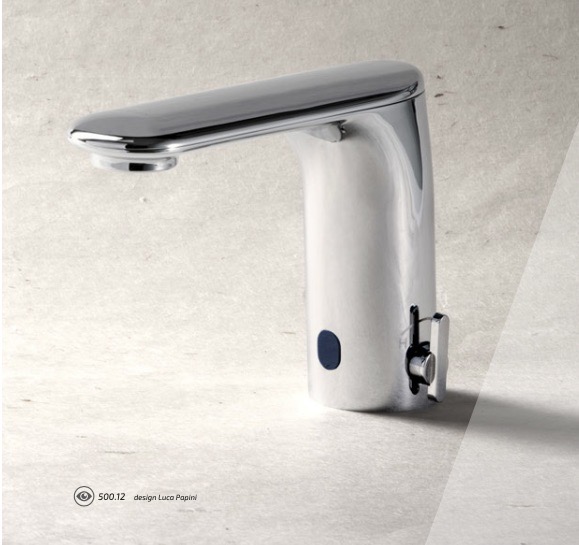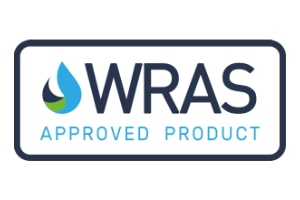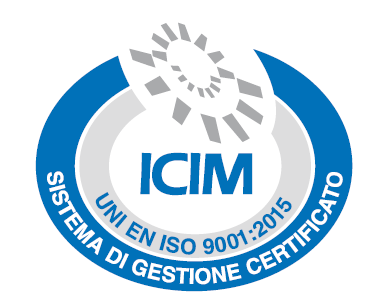Menu
The evolution of technology has revolutionized many aspects of our daily lives, including how we manage personal hygiene. Automatic taps, both electronic and timed, represent a significant step forward in this field, offering a range of benefits that go far beyond water conservation.
Electronic automatic taps are equipped with advanced sensors that detect the presence of a hand and activate water delivery in a precise and controlled manner. This photocell-based detection technology ensures that water is dispensed only when needed, avoiding wastage and contributing to overall water conservation.
One of the most notable aspects of electronic taps is their ability to completely eliminate physical contact. This is particularly crucial in high-traffic settings, where cross-contamination can be a significant concern. With electronic taps, users can enjoy an unprecedented level of hygiene without having to touch any components.
Furthermore, electronic automatic taps are designed to withstand wear and vandalism. Constructed with high-quality materials and advanced technologies, these taps are capable of maintaining reliable performance over time, even in high-usage environments.


Timed taps, on the other hand, have been a trusted water-saving solution for decades. These taps feature a cartridge that regulates water flow based on a pre-set time, ensuring that water is dispensed only for the necessary duration.
This technology has proven to be extremely effective in reducing water consumption, especially in public settings such as restaurant restrooms, offices, and shopping centres. While it may require a short period of adaptation for users, timed taps have established themselves as a reliable and efficient solution.
The choice between electronic and timed taps depends on specific needs and the environment in which they are installed. Here are some considerations that can help decide when to use each type:
Electronic Taps:
Timed Taps:
In many cases, the combination of both types of taps in different environments within a building can offer the maximum benefit in terms of efficiency, hygiene, and resource savings.
Today, the choice between electronic and timed automatic taps is not a matter of one or the other, but rather how to integrate both technologies to achieve the maximum benefit. For example, in high-traffic environments, the use of electronic taps can ensure impeccable hygiene, while the implementation of timed taps can significantly contribute to overall water conservation.
Furthermore, the combination of these two technologies offers a flexibility that can be tailored to the specific needs of each environment. For example, in a gym, electronic taps might be preferred for handwashing, while timed taps might be more suitable for the pool showers.
In an era where sustainability and hygiene are at the forefront of our concerns, automatic taps, both electronic and timed, emerge as a smart choice. These technologies not only enhance efficiency and convenience but also contribute to the conservation of valuable resources like water.
Whether in a public setting or a private one, implementing automatic taps is a step toward a cleaner, more efficient, and sustainable future. The choice between electronic and timed automatic taps is not a competition, but a synergy that can lead to astounding results.
Ultimately, investing in automatic taps is a winning choice, resulting in a more hygienic environment, saved resources, and a positive impact on the environment. Don’t wait, take the step towards a future of smart and sustainable hygiene today!




Keep up to date
Idral S.p.a. a socio unico – Via Isei 8/10 – 28010 Gargallo (NO) Italia
Cap. Soc. € 660.000 i.v. | C.F. e Iscr. reg. imp. NO 00124610031 | REA n° 104665 | C.C.I.A.A. Novara | P.IVA 00124610031